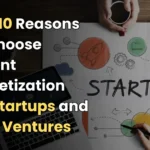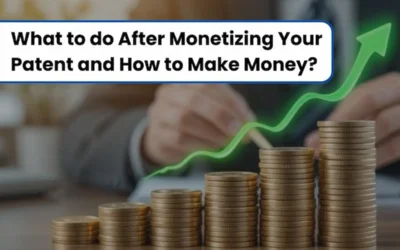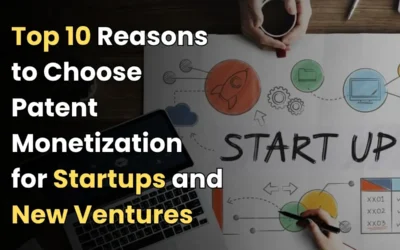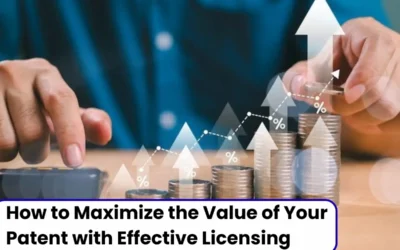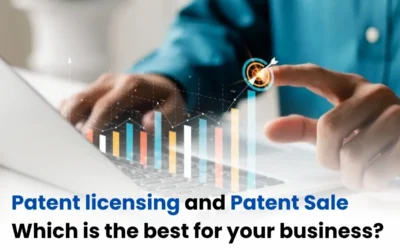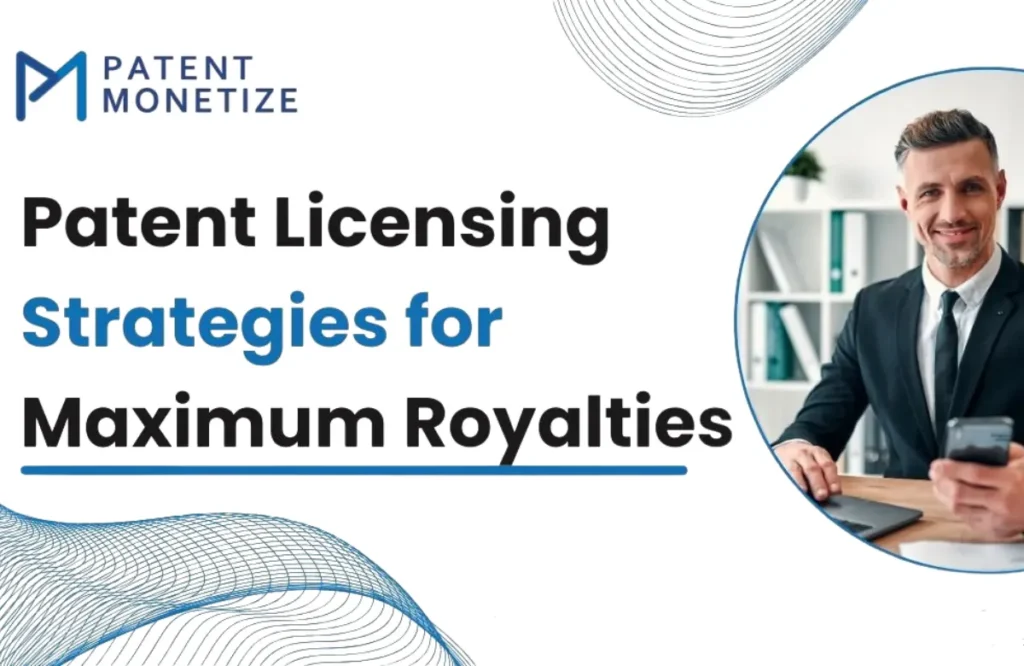
This unfriendly business atmosphere has driven patent owners to seek the most profitable ways of licensing their intellectual properties in a way that they can earn substantial incomes. Perhaps, among the options listed above, perhaps patent licensing would be the most promising and efficient way of unlocking additional channels for boosting collected royalty income and thereby actual earnings on your patents portfolio. The present article will elaborate on the most effective patent licensing strategies for maximally earning the highest royalties to ensure that patent holders earn maximum while retaining control over the innovation they have first originated.
Introduction to Patent Licensing
Patent licensing is basically a process wherein a patent owner allows another party known as the licensee the use, making, selling, or distribution of an inventive product. In return, the licensee pays royalties for this privilege to the patent owner. Royalties are usually presented in percentage terms of revenue made from the inventive technology.Patent licensing is a source of income to the inventor, a startup and a large corporation. However, the maximization of royalties generated from these licenses is not done based on chance but requires strategies considering the kind of patent being licensed, demand in the market, and potential needs of those willing to become licensees.
Main Patent Licensing Strategies for Peak Royalties
1. Selection of the Ideal Licensing Model
Licensing agreements exist in many flavors, each coming with its different structure and respective benefits. While there are other types of patent licensing agreements based on your respective business objectives or nature of patents, some basic models have generally been common with respect to different business requirements or needs.
- Exclusive Licensing: Under an exclusive licensing arrangement, the party licensed gets exclusivity of the usage of the patented right in some specified geographical boundary or domain area. With exclusivity comes, generally up-front charges paid out by the licensees are usually costlier than royalty rates received by the licenser. A very good medium of ensuring the collection of the utmost possible royalties under the condition that the technology involved enjoys great market prospects.
- Non-Exclusive Licensing: This type of agreement grants the patent to several licensees who in turn pay royalties for their use of the patent. Although the royalty paid per licensee is smaller than what would occur through an exclusive agreement, this non-exclusive license may bring in higher revenue due to a larger market share.
- Sublicensing: This will include the ability of the first licensee to further license the sublicense rights of the patent to the other third parties. For the above model, apart from money already paid for the license and the royalty interest, there must be a most probable involvement with royalties since those sublicensees pay some portions of their revenues.
- Cross-Licensing: This is a situation where two or more patent holders agree to license each other’s patents, usually in exchange for mutual benefits. Cross-licensing can help maximize royalties when both parties hold valuable patents in complementary markets or industries.
2. Value Your Patent Correctly
Value the patents appropriately in the negotiation of a licensing agreement. The value of a patent will depend on the technological value, market potential, competitive advantages, and scope of claims in the patent. With such knowledge, you can apply fair royalty rates that will show the value of your patent in the market. Another way to make a patent worth more is through demonstrating your ability to address the current industry trend, technological gaps, or unmet market needs. Patents which address real world problems or those which give competitive advantages will definitely fetch higher royalties.
3. Conduct Market Research
It is, therefore very important that one conducts proper market research before getting into any kind of licensing negotiation. This way, you will be targeting those industries and firms that could definitely make use of your patented invention. After identifying your market, you propose appropriately prepared offers to potential licensees, pointing out value for the dollar with a potential of gaining a profit. In addition, market research brings you up-to-date about your competitors’ patent portfolios and licensing styles. The fact that you know how other patents similar to yours charge royalties or licensing models ensures that you set competitive terms thus maximizing royalties.
4. Effective Licensing Terms Negotiation
When maximizing royalties, negotiation skills are called upon. Factors to consider in the negotiation of a licensing agreement are the following:
- Royalty Rate: Royalty rate is the heart of the licensing agreement. It’s often a percentage of the net sales realized from the licensed product. The amount falls between 2% and 10%. Still, there could be exceptions as rates can be different depending upon the value of the patent, its exclusivity, and the market demand.
- Upfront Payments: Some licensing agreements may involve upfront lump-sum payments, which provide immediate cash flow. Depending on the nature of your patent, negotiating an upfront payment in addition to ongoing royalties can significantly increase your total earnings.
- Milestone Payments: The other alternative is payments in milestones for one to realize specific target performances, such as the sales volumes or product launch. Therefore, one receives royalties as the licensee fulfills some stated business objectives.
- Territorial and Field of Use Limitations: Here, you specify areas in which the license may use the patent within which territories and industries. You can also reserve the license to license the patent to third parties for other territories or industries.
5. Compliance of Licensee
Noncompliance may even result in a loss of revenue. Thus, protection of interest is a matter of great concern.Most patent owners hire professionals or licensing firms for audits and ensure that royalty payments are calculated correctly. This will prevent an unpleasant situation and ensure that your patent makes maximum royalties in due course of time.
Conclusion
Patent licensing requires maximal royalties exploitation by strategy, proper evaluation, effective negotiations, and constant tracking of the license agreement. Having found a licensing model that works well, the market research and structuring of agreements in which both parties benefit from the process will unlock vast potential for owners in revenue creation and ensure long-term profitability of innovations. Be it a startup or an established company, appropriate strategies in patent licensing will ensure maximum royalties are garnered from the monetization of intellectual property.

